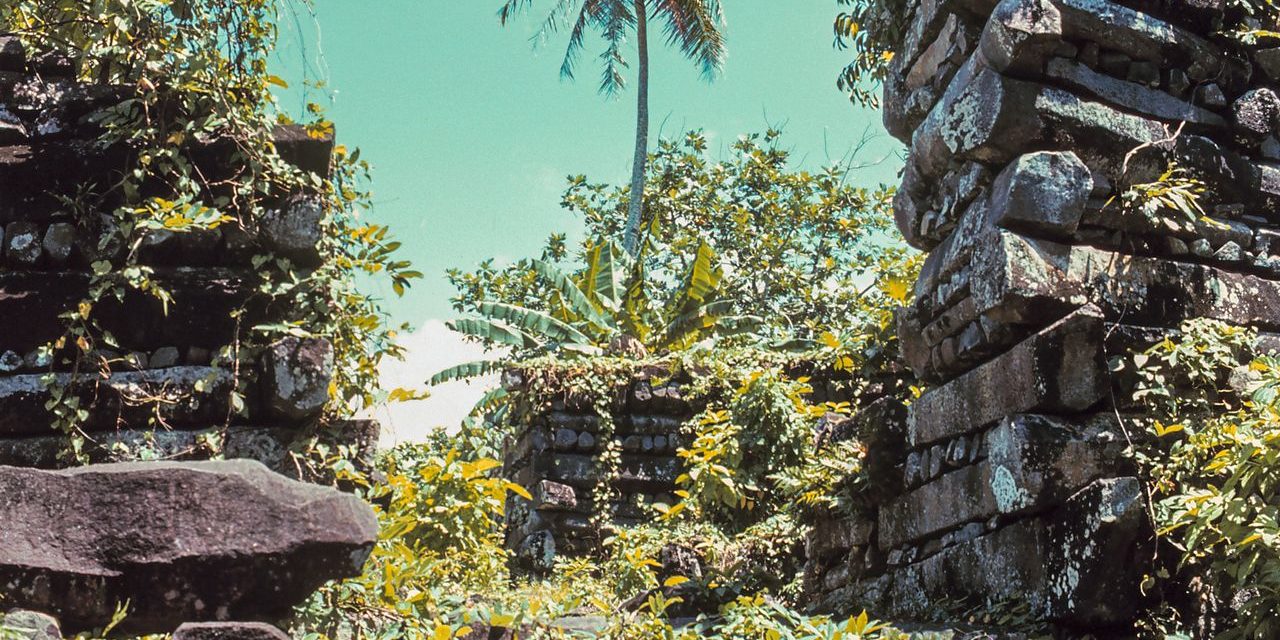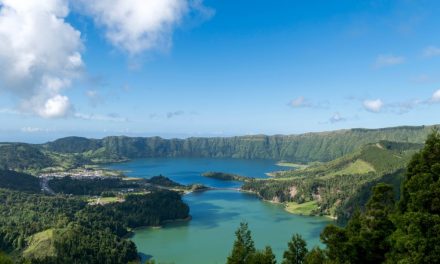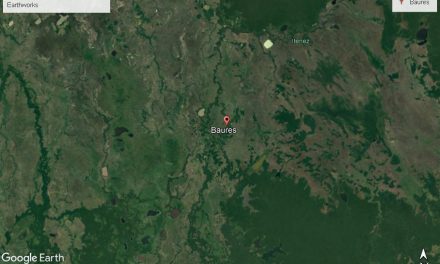Nan Madol is captivating, yet breathtaking as a series of over 100 islets off of the south-east coast of Pohnpei. Many people think this is a Pacific version of Atlantis or possibly part of Lemuria. The islets were constructed with walls made of basalt and coral boulders. The ancient remains include stone palaces, tombs temples and many residences built between 1200 and 1500 CE.
What does it represent?
The ruins are a great representation for the ceremonial centre of the Saudeleur dynasty. This was a very vibrant period in Pacific Island culture.The scale of the structures shows off the ancient inhabitants technical sophistication. The detail of the structures indicate it was an important place for social and religious events on the island.
Nan Madol as an extant ancient ruin
The site sits in a lagoon surrounded by a stone wall. Nicknamed “Venice of the Pacific,” Nan Madol has an elaborate weaving of tidal canals and waterways that criss-cross the city. This intricate canal system allows transportation between over 90 small man-made islets. Due to durable construction, Nan Madol still appears to float on the body of water that surrounds it. Beautifully detail carved basalt stones are generously and carefully placed on top of each other around the islets. Also they help to form the walls of 130 buildings in a crisscross patterns.
Ruins worth seeing
Nan Madol boasts building remains and canals which are still stable enough for visitors even after numerous centuries of abandonment. Visitors can still tour Nan Madol and get to see it up close and detailed. The entire islets complex is visual reminiscence of the once Pohnpeian people who lived there. It is also a fitting tribute to the sophisticated construction methods the ancient Pohnpeian builders.







